Petroglyphs of the Archaeological Landscape of Tanbaly
Thousands of rock carvings dating from the Bronze Age to the 20th century, created by pastoral peoples of the central Asian steppes.

Thousands of rock carvings dating from the Bronze Age to the 20th century, created by pastoral peoples of the central Asian steppes.
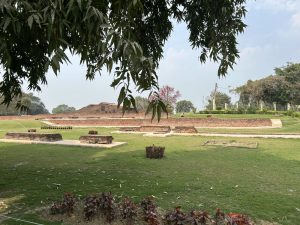
Ruins of the oldest center of learning in India, which lasted for 800 years.
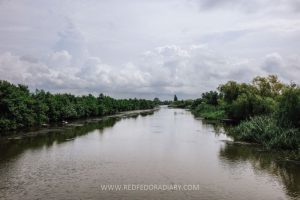
The world’s oldest temperate rainforest, significant for its rare and ancient ecosystem.
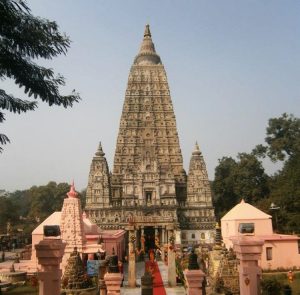
Where Buddha is believed to have reached enlightenment, with 7 sacred sites, now a place of pilgrimage and meditation.
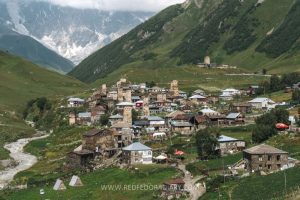
A picturesque and long-isolated region known for its well-preserved medieval villages with their stone tower houses.
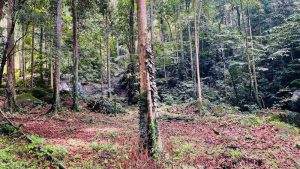
The earliest example of full rainforest restoration on formerly barren mining land.
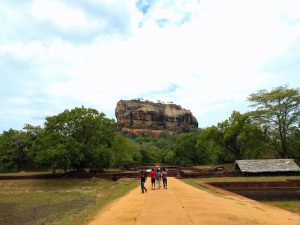
Ruins of a 5th-century city and palace on a dramatic rock outcropping.
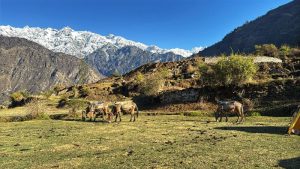
A mountainous nature reserve of great beauty and biodiversity protecting a range of species and habitats.
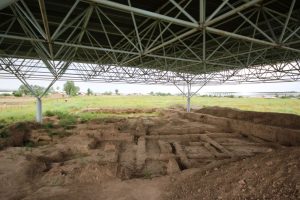
Archaeological excavations of the first permanent urban settlements in Central Asia, 5000 years old.
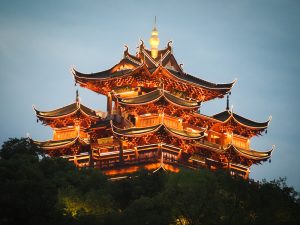
An ancient landscaped environment based on Buddhist principles in garden design that have been influential for over a thousand years.
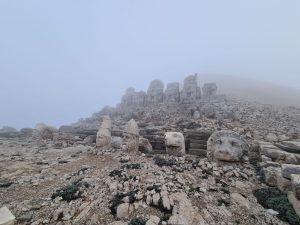
A mountain on whose peak stands the tomb of King Antiochus I, an imposing artistic achievement of the Hellenistic period.
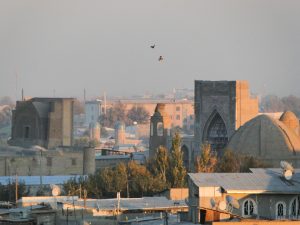
A Silk Road city with historic architecture dating to the 10th and 11th centuries, important particularly for its urban planning.
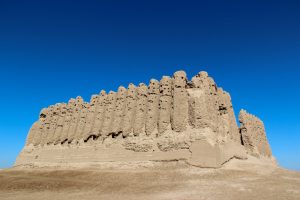
A Silk Road city 4,000 years old, with remains of five walled cities from different eras.
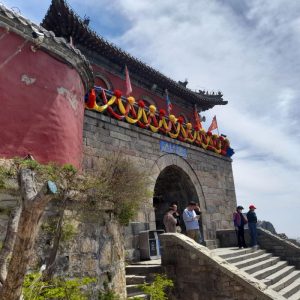
One of the Five Great Mountains and an important place of worship, known for its Taoist temples.
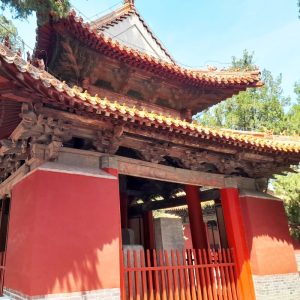
An architectural collection in the hometown of Confucius, who was hugely influential in the history of China and many other countries.
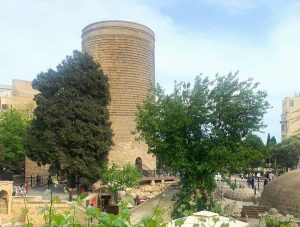
A historic city and charming old city with architecture and urban planning that show an array of cultural influences spanning centuries.
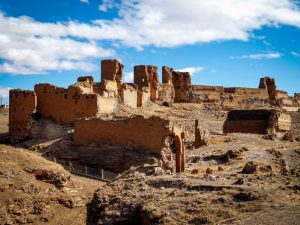
The extensive ruins – palaces, churches, mosques, fortifications, and homes – of an important trading city on the medieval Silk Road, where diverse cultures and architectural traditions met and blended.
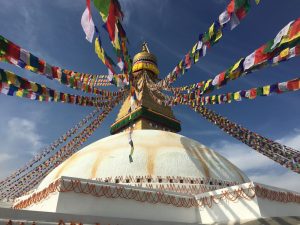
Seven religious monuments that represent the unique Nepalese culture, mixing Hinduism and Buddhism with animism and Tantrism.
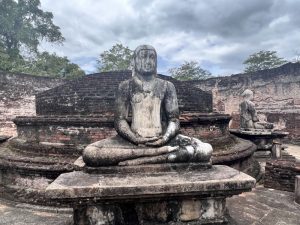
The 12-century capital of Sri Lanka built by the Chola rulers and containing the ruins of spectacular Buddhist monuments.
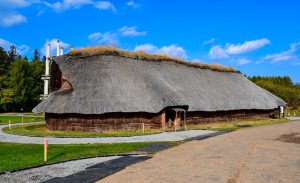
17 archeological sites from a 10,0000-year-old hunter-fisher-gatherer society.
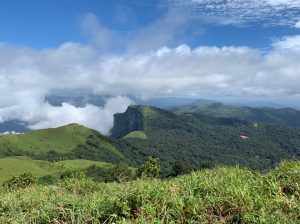
A mountain range supporting incredible biodiversity and a range of ecosystems, great for hiking and other outdoor activities.
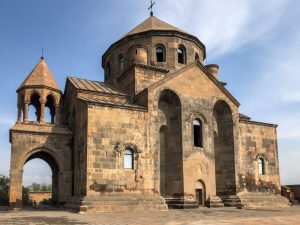
Several very early Christian churches that were influential in the development of early Armenian church architecture.
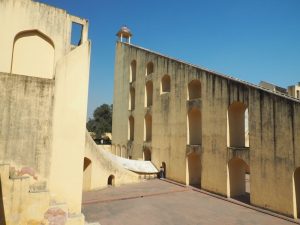
A remarkable astronomical observatory with 19 large masonry instruments dating to the 18th century.

A wetlands nature reserve that is an important stopover for migratory birds, excellent for birdwatching.
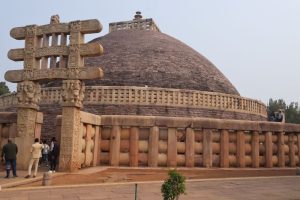
A collection of stupas, temples and monasteries that make up the earliest Buddhist sanctuary in the world.
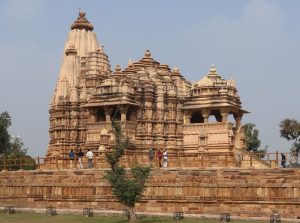
Twenty-two 11th-century temples of the Chandela period, covered in exceptionally accomplished figurative stonework.
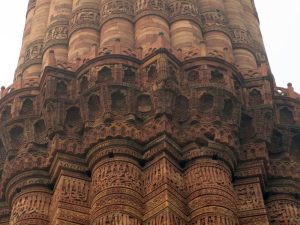
Remnants of early Islamic India, including Northern India’s oldest mosque and a minaret that is the highest stone structure in India.
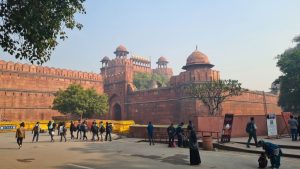
An outstanding example of Mughal architecture on a grand scale, with later British colonial additions.
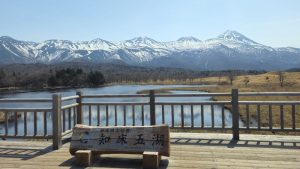
A Hokkaido peninsula of untamed natural beauty with a unique ecosystem due to the seasonal sea ice nearby.
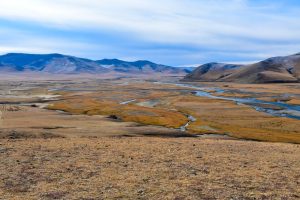
A huge region of beautiful landscapes and archaeological sites, important in the history of the Mongol Empire as well as the Uighur people.
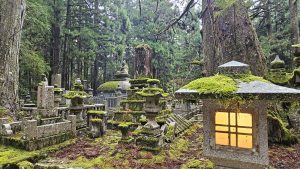
A collection of spiritually and culturally important pilgrimage sites that blend Buddhist and Shinto traditions in a natural environment.

A vast and remote landscape of barren terrain, towering peaks and glaciers.
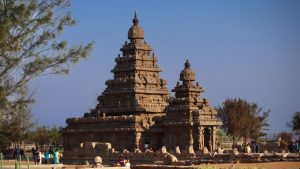
Caves, temples and sculptures that represent a unique testimony to the 6th-9th-century Pallavas civilization.
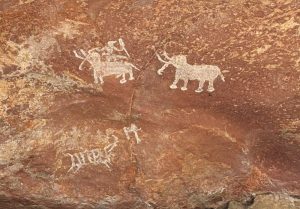
Artworks spanning thousands of years and depicting animals, people, rituals etc. related to the culture of local indigenous groups.
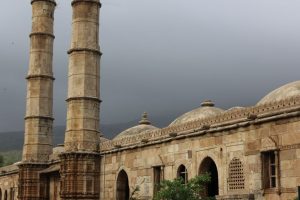
Twin sites with the remains of remarkable pre-Mughal architecture in Gujarat: mosques, tombs, stepwells and more.
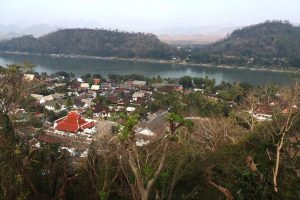
Former capital city with an interesting fusion of traditional Lao architecture with European colonial styles.